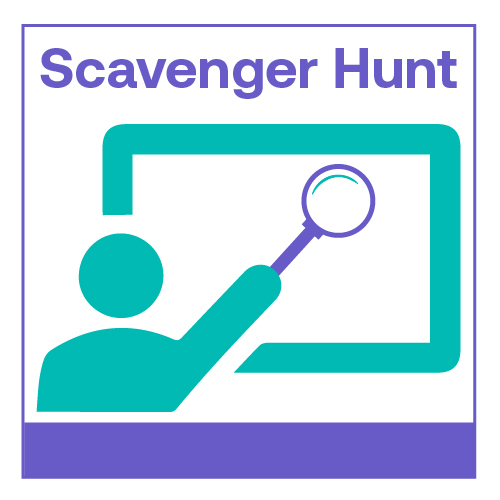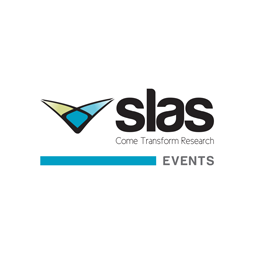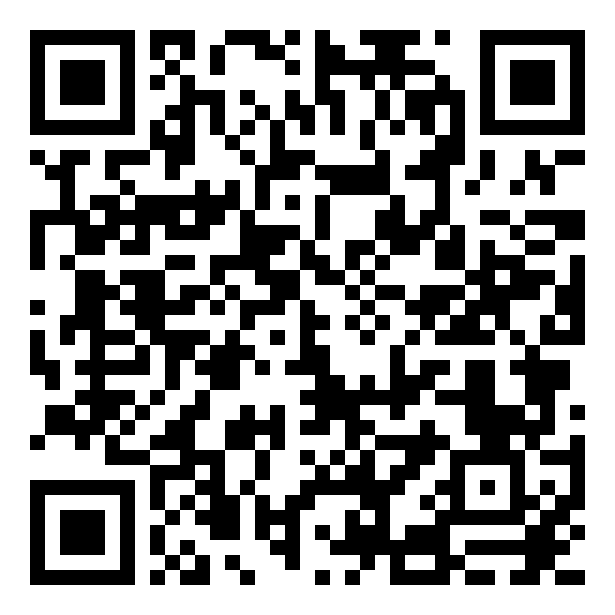Back

 View Leader Board
View Leader Board



Cellular Technologies
Dynamic multifunctional profiling of 3D cell models with an automated microfluidic-based assay system

Evan F. Cromwell, PhD
President
Protein Fluidics Inc
Burlingame, California, United States
Primary Author - January Poster(s)
3D cell models derived from patient tumors are highly translational tools that can recapitulate the complex genetic and molecular compositions of solid cancers and accelerate identification of drug targets and drug testing. However, the complexity of performing assays with such models remains a hurdle for their wider adoption. We present here results of disease modeling using primary tumor-derived 3D cell models with an automated organoid assay system (Pu·MA System). It uses a novel microfluidic flowchip that enables 3D high-content imaging (HCI), in situ supernatant sampling, and sensitive luminescence-based metabolite assays. In the example presented, tumoroids were formed from primary cells isolated from a patient-derived tumor explant, TU-BcX-4IC, that represents metaplastic breast cancer with a triple-negative breast cancer subtype. Assays were done using a Pu·MA System which performed media exchanges, compound treatments, and staining of tumoroids in a tissue culture incubator. Tumoroids were characterized by HCI using an ImageXpress Micro Confocal system with image analysis (MetaXpress software) to determine phenotypic responses. Supernatants were sampled from tumoroids at various timepoints and analyzed for metabolites using luminescence assays (Lactate-Glo and Glutamate-Glo). Multifunctional profiling was done of tumoroids treated with anti-cancer drugs for 48 hours. HCI was used to evaluate drug effects on cell viability and expression of E-cadherin and CD44. Lactate secretion was used to measure tumoroid metabolism as a function of time and drug concentration. The IC50 values measured by viability were higher for paclitaxel ( >5 M), than romidepsin and trametinib ( < 25 nM), consistent with lack of patient response to paclitaxel. From the metabolite measurements, increases in lactate secretion were observed in response to treatments indicating an elevated level of glycolysis. Complex dynamic behavior was observed for the different compounds that potentially can be used to understand patient-specific drug resistances. We have demonstrated methods for multifunctional profiling of drug effects in patient-derived tumoroids using automated microfluidics and HCI to measure viability, adhesion markers, and metabolites. These methods can help provide an in depth understanding of drug sensitivity of individual tumor types, with important implications for the future development of personalized medicine.
 View Leader Board
View Leader Board
Your Points: 0
Scan and Win! Complete as many scavenger hunt questions as possible. You will find scavenger hunt QR Codes to scan on participating posters. Each participating poster in the exhibit hall will have a QR code next to it. For virtual participants, look for the scavenger hunt icon for participating posters.
SLAS Events

Instructions
Each poster participating in the scavenger hunt will have a SCAVENGER HUNT QR code. When that QR code is scanned using the SLAS2022 app, question about the poster will appear. You must answer the question correctly to collect points. BE SURE TO EXPLORE THE POSTER BEFORE SCANNING THE CODE! SLAS will award three prizes to the participants with the most points.
1st Prize - Comp Reg + Hotel/Airfare to SLAS2023 in San Diego
2nd Prize - $50 Starbucks Gift Card
3Rd Prize - $25 AMEX Gift Card
Keep an eye on the leader boards to see who’s at the TOP. Winners will be announced after SLAS2022.
Each participating poster in the exhibit hall will have a QR code next to it. For virtual participants, look for the scavenger hunt icon for participating posters.
1st Prize - Comp Reg + Hotel/Airfare to SLAS2023 in San Diego
2nd Prize - $50 Starbucks Gift Card
3Rd Prize - $25 AMEX Gift Card
Keep an eye on the leader boards to see who’s at the TOP. Winners will be announced after SLAS2022.
Each participating poster in the exhibit hall will have a QR code next to it. For virtual participants, look for the scavenger hunt icon for participating posters.
